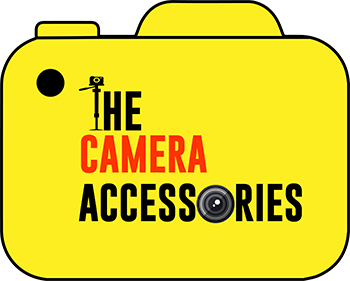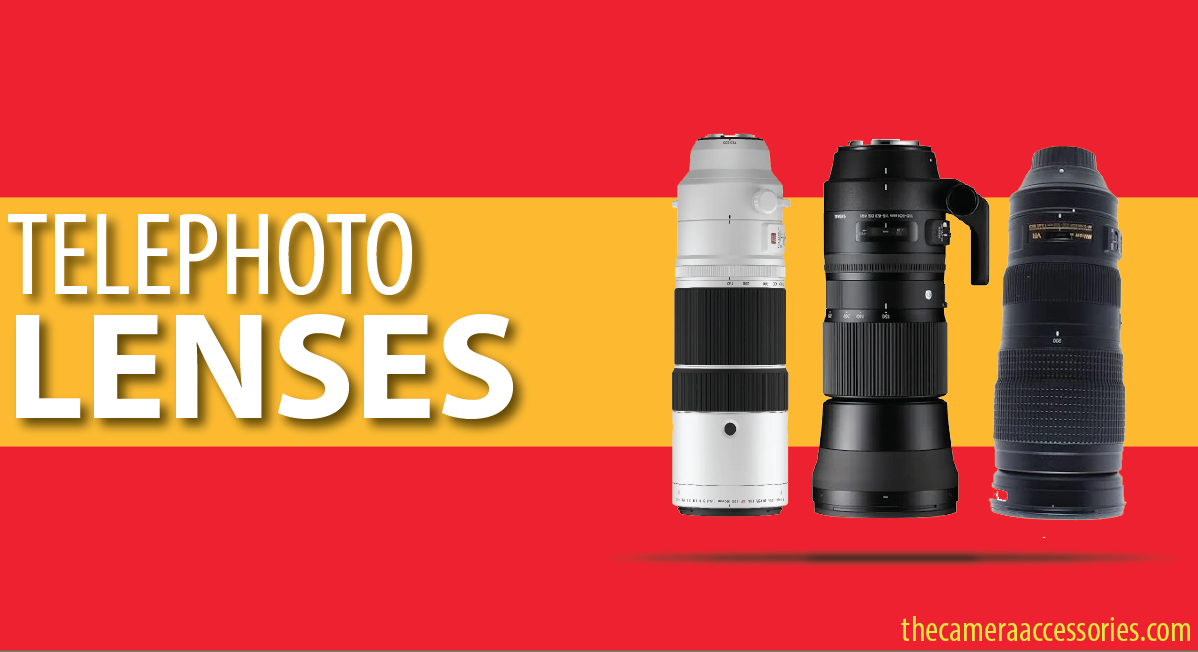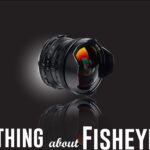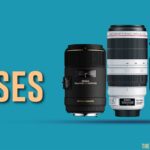Using telephoto camera lenses, distant things appear to get closer to the camera. But avoid thinking that employing one limits you to faraway shots of subjects. You’re missing out on many amazing pictures if that’s what you ever use it for!
We describe everything about telephoto lenses. that prospective photographers ought to understand in this article.
A telephoto camera lenses
Long-focus lenses that have a shorter applied focal length than the lens’ physical length are referred to as telephoto camera lenses. Your SLR or DSLR camera, such as those shaped by Canon, Nikon, and other main producers, will have a telephoto lens associated with the camera body. Some cameras on smartphones can take telephoto lenses.
What Is a Telephoto Camera Lenses Used For?
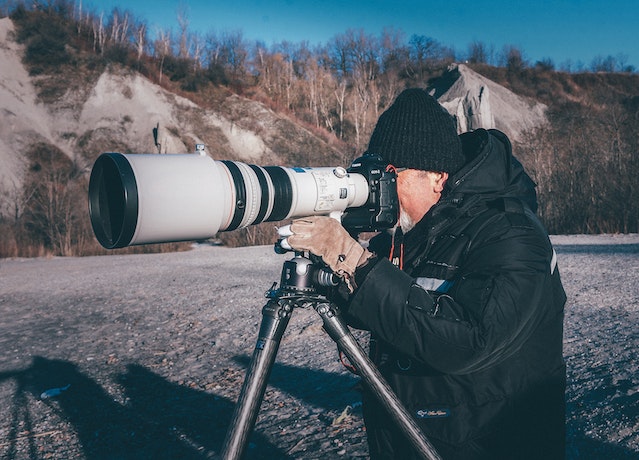
Basically, a telephoto camera lenses two times the eye into a rational topic is closer than it is essentially. This may be an ideal choice for photographers who are powerless to get near their themes because of bodily limits or safety concerns.

These lenses are outstanding at distinguishing foreground and contextual focal points and also serve an artistic purpose.
Which Types of Telephoto Camera Lenses Are Available?
The vast majority of telephoto lenses fell into the “medium” (focal lengths between 70 and 200mm) and “super telephoto” (focal lengths over 300mm) groups. Such lenses enable full-frame shooting at a variety of apertures by gently or significantly modifying your camera’s field of perception.
permitting full-frame shooting at a wide range of f-stops and shutter speeds, from quick action pictures in sunlight to night-time images shot with the lens’s maximum aperture. Within this range, some popular telephoto lenses are listed below:
Tips for Using a Telephoto Lens There are three excellent techniques to use your telephoto lens to its full potential.
1. To represent size in your pictures, use a telephoto camera lens. In contrast, a wide-angle lens can alter the dimensional perspective of a scene. an employed telephoto lens can show all of the elements in a scene in their true proportions.
2. For an enhanced depth of field, use long focal lengths; for a balanced sharpness between the foreground and background of your image, use shorter lengths.
3. Watch out for camera shaking. Telephoto camera lenses enhance the best and worst aspects of your picture in the same way. So be cautious that a telephoto lens doesn’t magnify your shaky photography strategy.
You have to perfect your skills before starting to play Any focal length that fits within the specified range is reachable with 70–200mm lenses.
These are excessive for portrait-taking pictures, with a sharp theme and a fair bokeh blur resulting in the background. In the meantime, these lenses can be helpful for long-distance event pictures, such as at a wedding or competitive event, when they are at the outermost point of their range.
4. Zoom lenses with focal lengths of 100–400 mm are also available, and they expand the limits of the 70–200 mm lens. The long focal length and useful magnification of these lenses are appreciated by sports and wildlife photographers.
5. The small depth of focus of 85mm prime lenses makes them ideal for portrait photography with foreground subjects that are crisp and backgrounds that are blurry. The “portrait mode” that many current digital cameras and cell phones deliver copies the appearance of an 85mm prime lens.
6. Even at larger distances, 135mm prime lenses offer a small depth of focus comparable to 85mm prime lenses. They are used for photography that is more artistically adventurous, such as portraits, weddings, and events.
7. Wildlife photographers who regularly take pictures of faraway species of animals choose super-telephoto prime lenses that generally have a beginning focal length of approximately 600mm. The depth of field in these long-lens photographs can be rather shallow.
8. Premium camera manufacturers like Canon, Sigma, and Nikon provide a large selection of lenses and Telephoto equipment.
What differentiates a Zoom Lens from a Telephoto Camera Lens?

A few beginner photographers combine the expression “telephoto lens” with “zoom lens.” These two lenses aren’t exactly identical in actuality.
A telephoto camera lenses has a long reach, which usually includes a focal length of 60mm or bigger, but it is not required to be capable of changing between various focal lengths.
Being able to switch among several focal lengths is what defines a zoom lens, although many zoom lenses don’t magnify enough to be called to a “telephoto.” (Note that we only talk about optical zoom lenses when talking about zoom lenses. In contrast with physical equipment, processors are used to produce digital zoom.)
Practically speaking, this means that you either have a telephoto prime lens with a fixed focal length or a telephoto zoom lens that changes focal lengths.
What separates a Wide Angle Lens from a Telephoto Lenses?
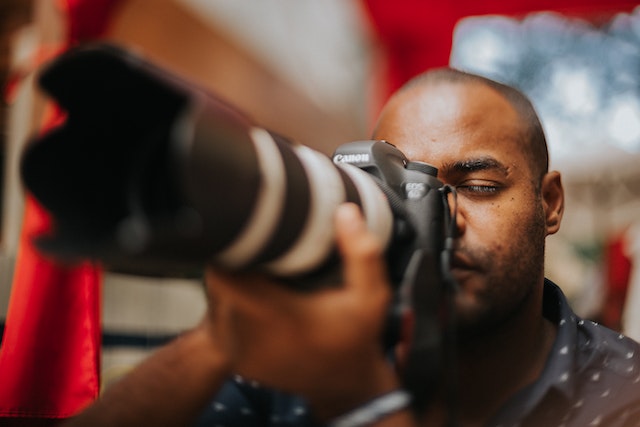
Wide-angle and telephoto optics are not compatible. The focal length increases with a telephoto lens. It’s often employed for showing distant things with a level of clarity and perspective that was before only achievable with detail photography.
The horizontal range of a camera shot is increased by using a wide-angle lens. On the one hand, this can help an image reflect what we see as we examine the surroundings in reality. However, wide-angle lenses frequently change the perspective of an image. Wide-angle lenses frequently have a deeper field of focus, hence they are inferior to telephoto camera lenses
Conclusion:
When you are hesitant to get near enough to your subject, telephoto lenses can be ideal. They perform well to establish a shallow level of field as well. You could also use them to avoid barrel distortions.
Test using several methods of photography to figure out the lenses you need. Some folks think they don’t need one. But then they find all the creative uses for telephoto camera lenses.
ALSO READ: All you need to about Zoom lenses!!!
